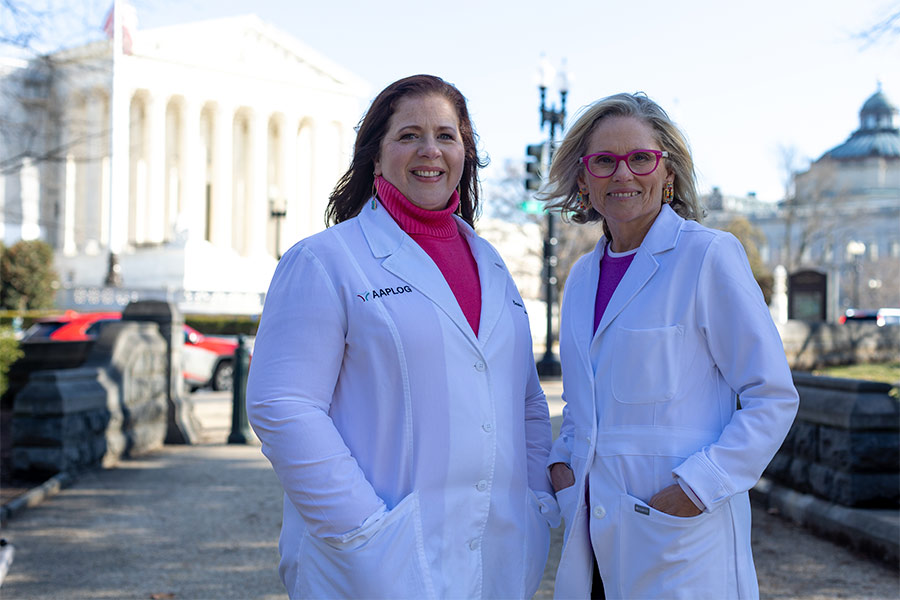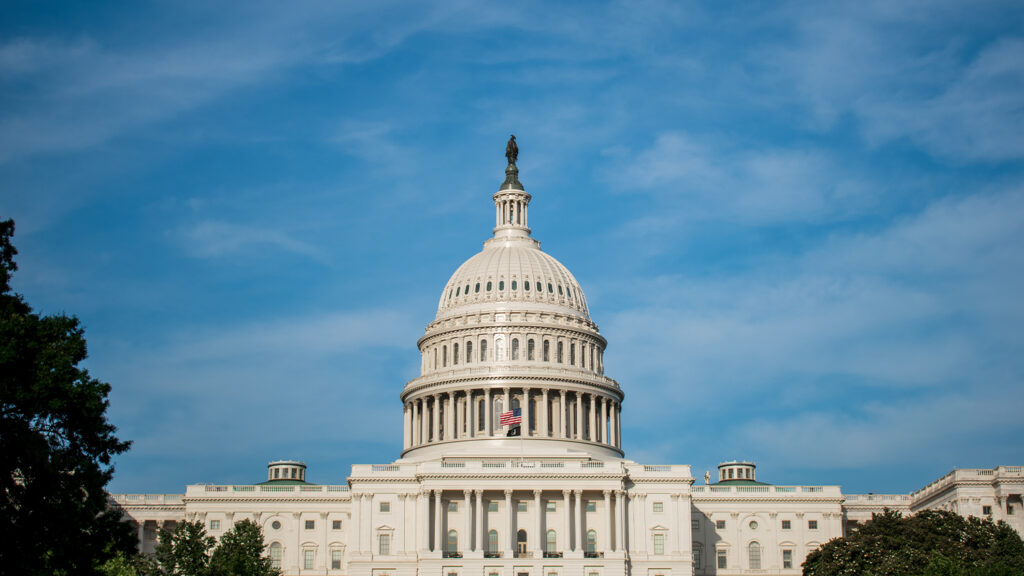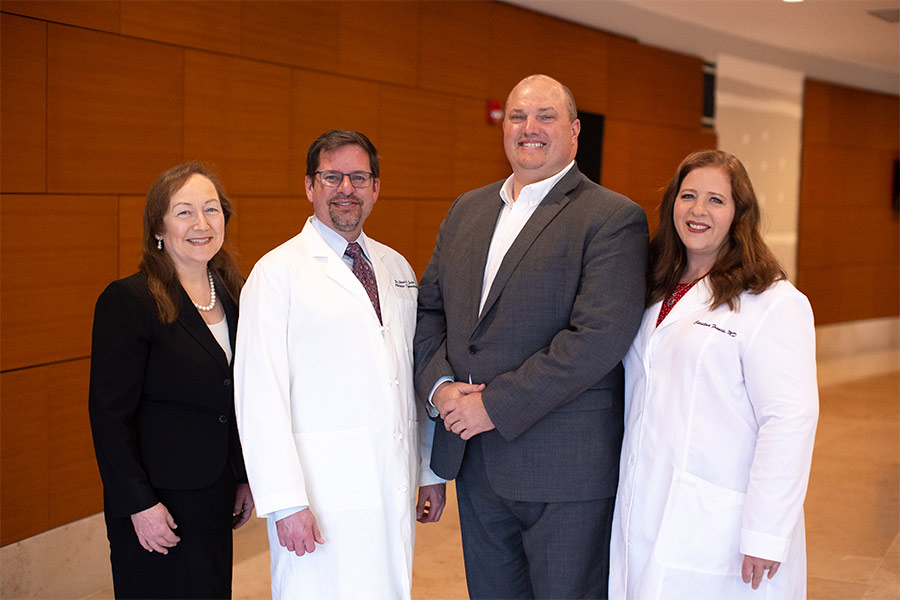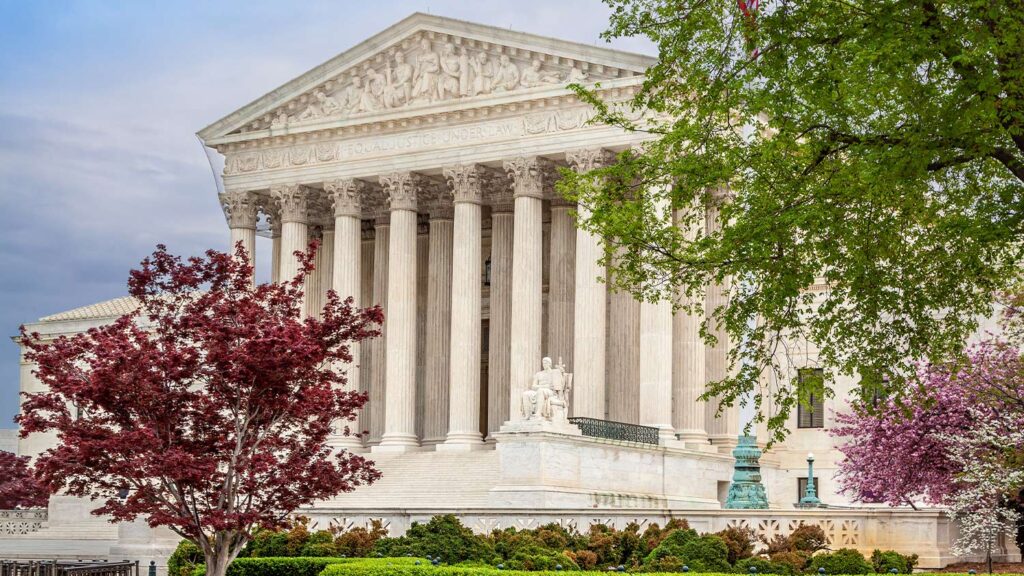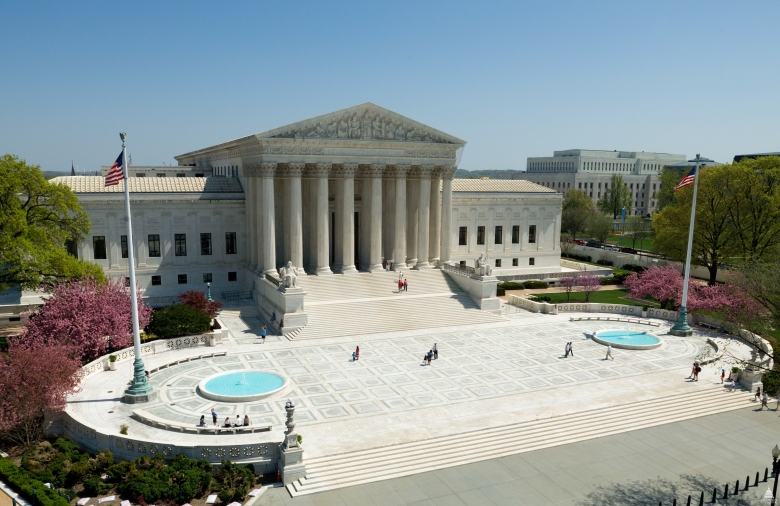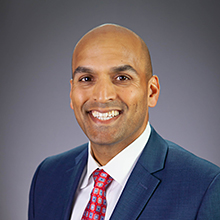Summary
By eliminating necessary safeguards for pregnant girls and women who undergo the dangerous mifepristone abortion drug regimen, the U.S. Food and Drug Administration failed to abide by its legal obligations to protect the health, safety, and welfare of girls and women.
Loading…
Loading playlist…
Articles
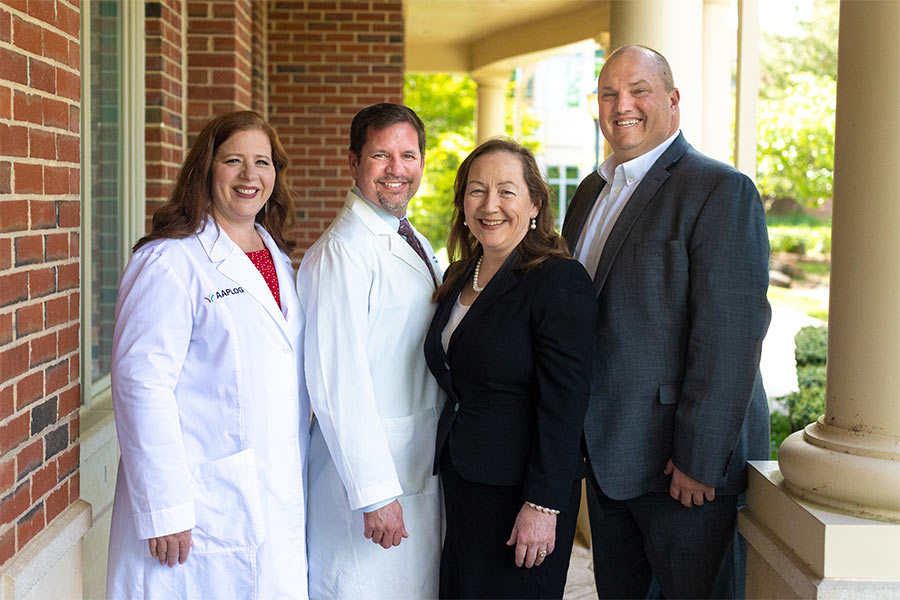
FDA Avoids Accountability After Supreme Court Ruling
June 24, 2024

YouTube Corrects Abortion Disclaimer After ADF, State AGs Set the Record Straight
April 3, 2024

I Was Told Abortion Drugs Wouldn't Hurt Me. It Was a Lie.
February 27, 2024
Press Releases
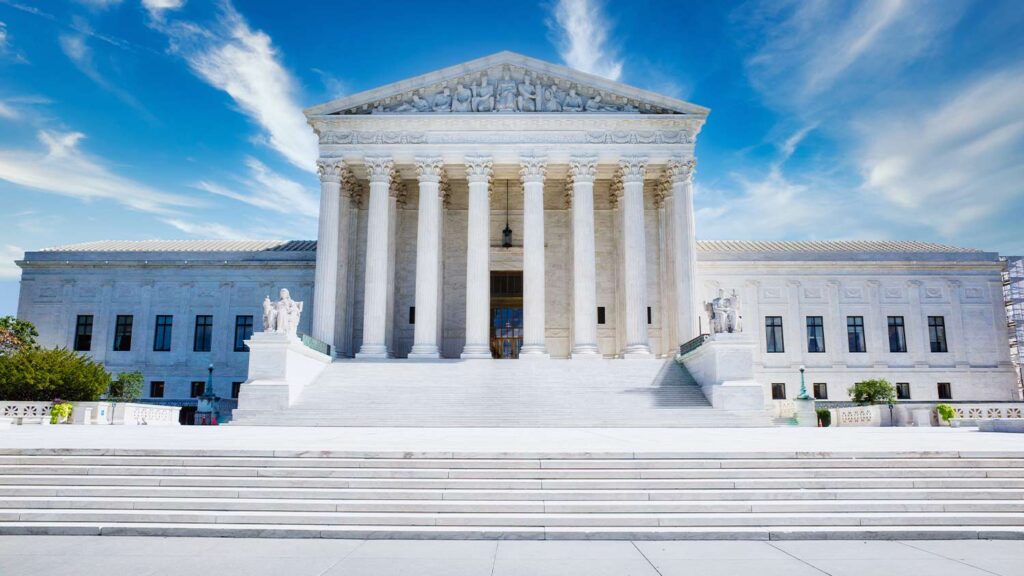
June 13, 2024

March 15, 2024

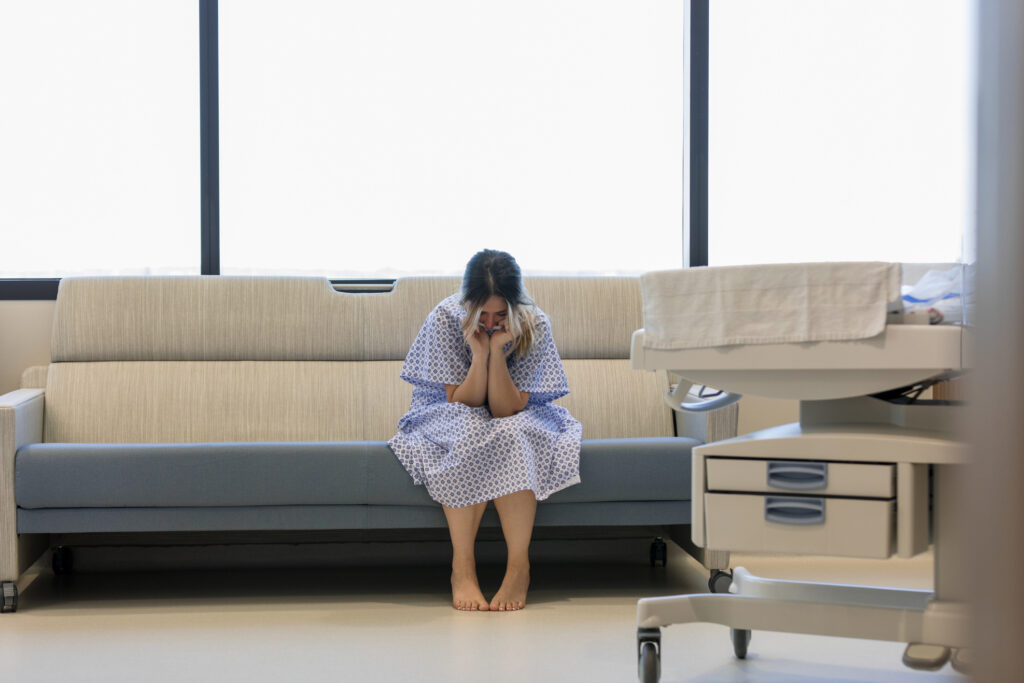
January 24, 2024
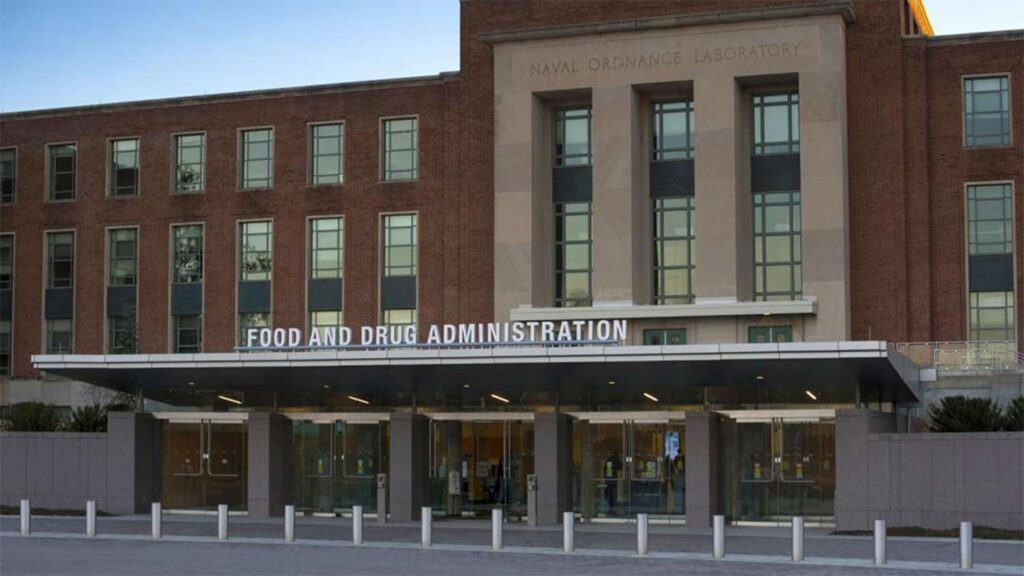
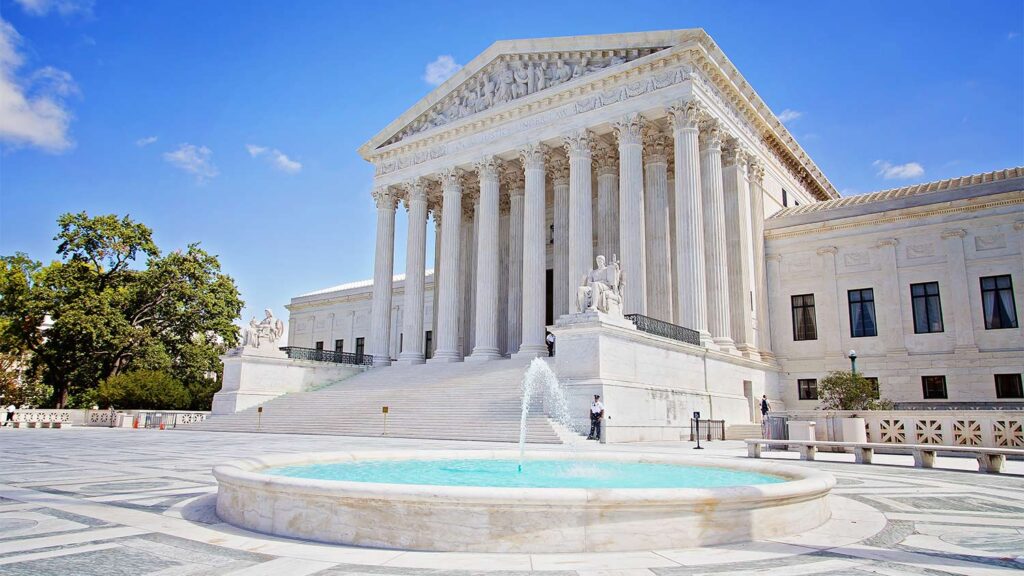
December 13, 2023
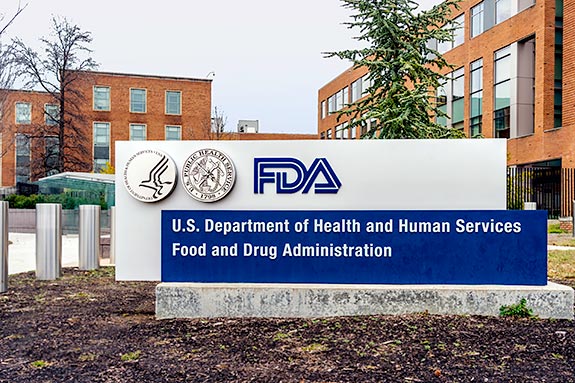
.jpg)
April 14, 2023
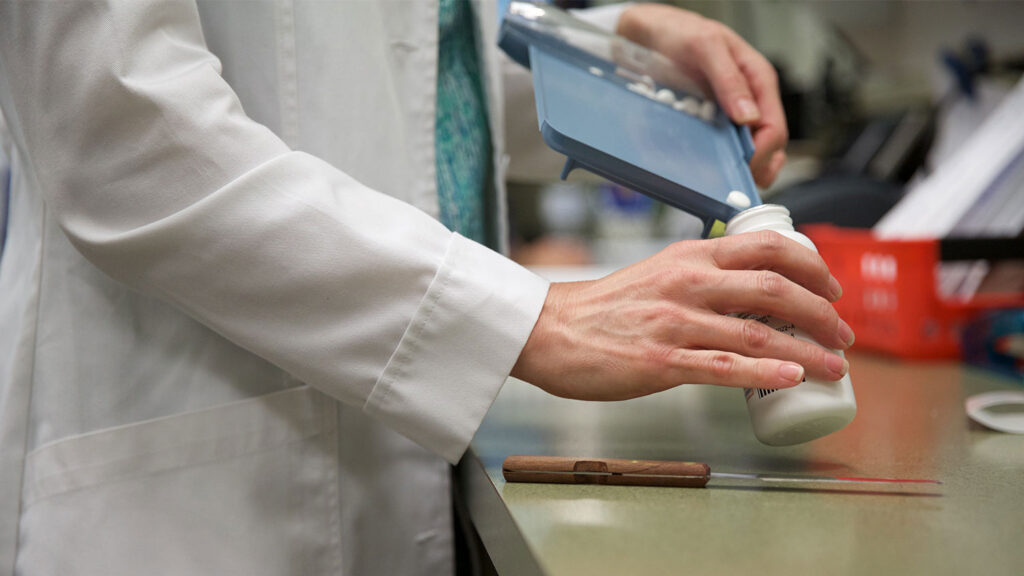

Documents
Court
Title
Date
U.S. Supreme Court
02/26/2024
Trial Court
01/12/2024
U.S. Supreme Court
04/14/2023
U.S. Supreme Court
04/14/2023
U.S. Supreme Court
04/14/2023

